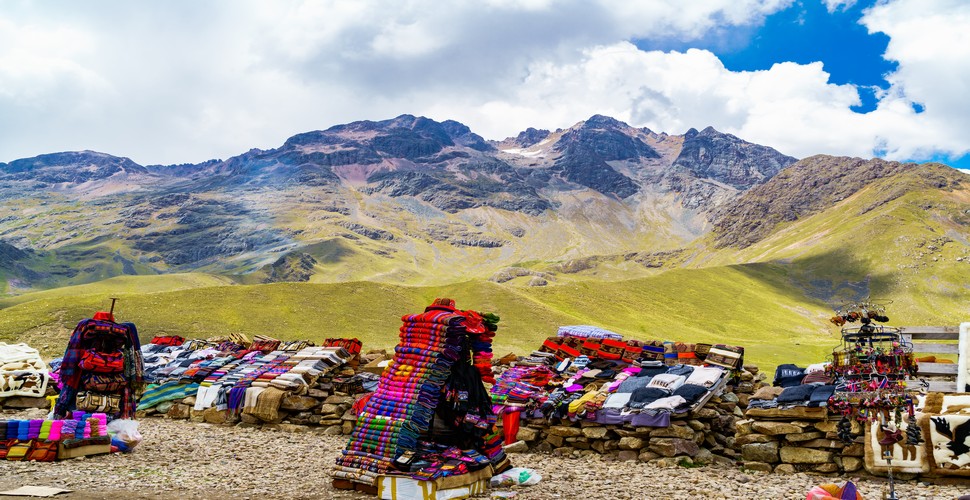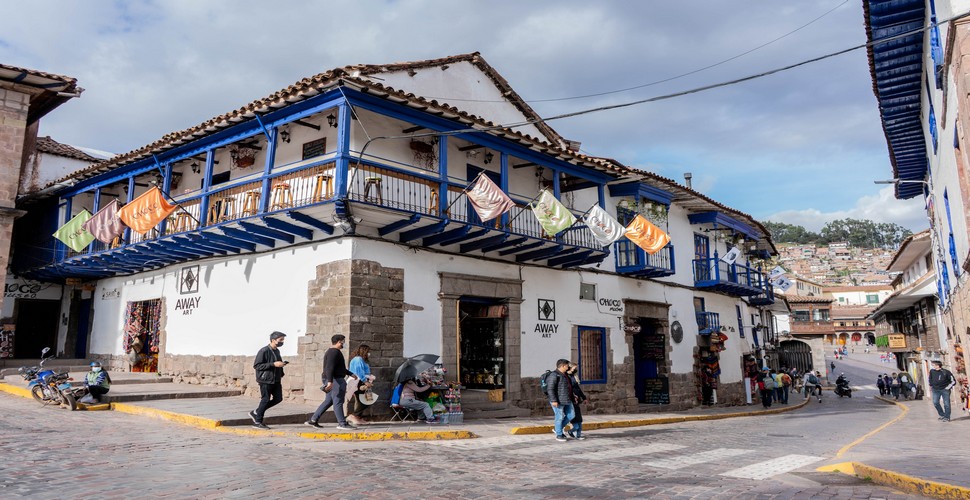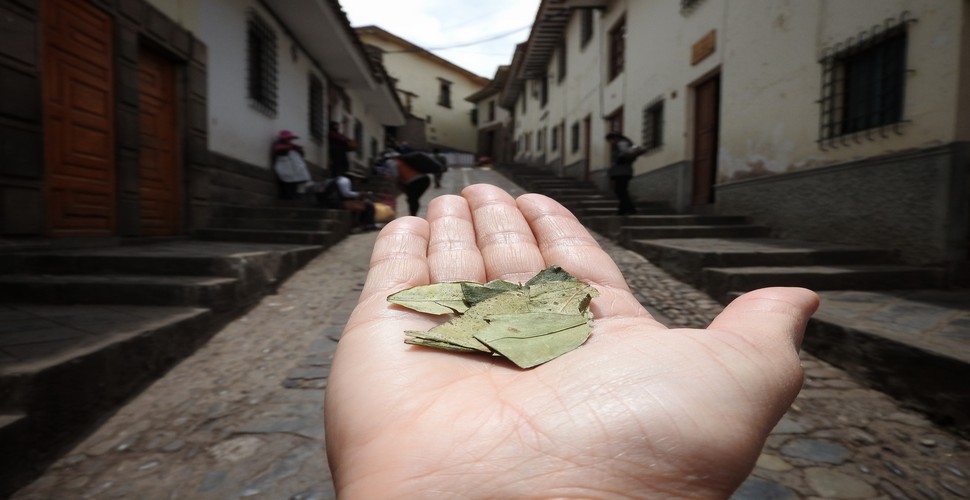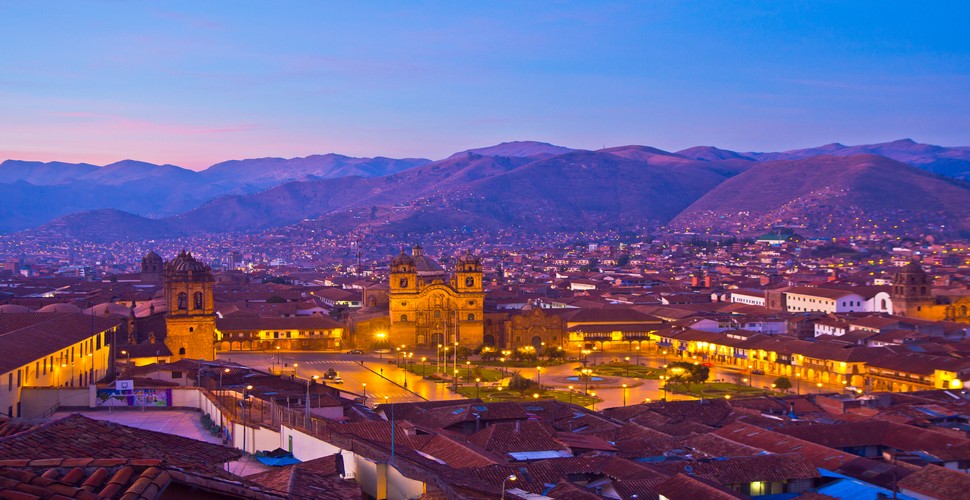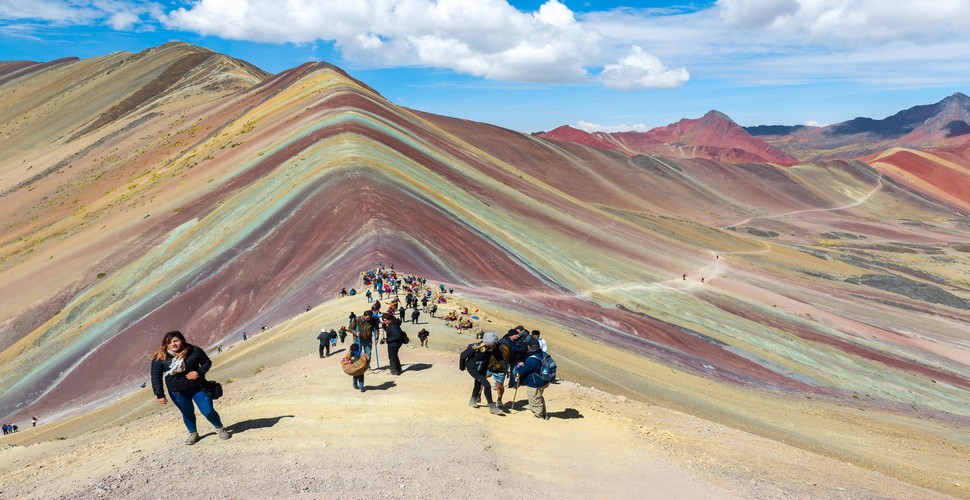
CUSCO TRAVEL TIPS
Written by:Valencia Travel
Last Update: 2025-01-27
You probably already know that Cusco is pretty close to Machu Picchu, that it’s the most popular city in Peru for tourists to visit, and have you likely seen some incredible pictures of the main square and the cobblestone streets? However, in order to really prepare for your stay in one of the most famous cities in South America, we wanted to also give you some of the less obvious but incredibly useful travel tips and insights about the best time to visit, how to get around, how to deal with being that high up, and why you really shouldn’t drink the water. Here are some very useful Cusco travel tips to know before you visit!
Highland Cusco
Cusco Is Your Gateway To The Inca Empire - Use It As Your Base
Cusco serves as an excellent base from which to trek deep into the Andean countryside and explore the Sacred Valley; a place linked by ancient trails and punctuated with history. The transport connections are great, and we don’t know about you but we much prefer to be able to find accommodation for a longer period of time in one place and travel out on day trips.
Recocijo, Cusco
Respect The Altitude
Cusco is found at 3,400m, which is no joke for those of us who will be arriving from sea level (i.e. flying from Lima) or have never traveled at such an altitude. This means that your first day in Cusco should be about nothing more than acclimatization - trying to do anything more, or rushing into your first hike or tour, will leave you feeling pretty sick. Instead, drink plenty of water, rest if you feel tired, and limit yourself to an enjoyable walk around the historical city.
Coca Leaves
Evenings Are Chilly
As soon as the sun goes down in Cusco, the cool temperatures associated with high elevation set in. Irrespective of the time of the year, evenings in Cusco are really quite chilly. To this end, whether you’re traveling in summer or winter (but especially in winter), be sure to pack the appropriate clothing. Fleeces, wooly hats, and even a few thermal tops will be greatly appreciated, as will an accommodation that supplies plenty of blankets. If you find you’re still feeling the chill, just remember that this is Peru and you’re never too far from a stall selling one of those alpaca jumpers.
Chilly Cusco Night
High Vs Low Season
The high season coincides with the Peruvian winter months (June - September), when rainfall is at its lowest and blue skies are the norm. Because so much of what draws people to this region involves the outdoors, and the dates coincide with the summer holiday season of the northern hemisphere, this does mean that it’s undoubtedly busier in Cusco and all the surrounding attractions at this time of the year. Unsurprisingly, accommodation prices also increase and availability at the best hostels and hotels is limited (if you’re visiting in high season, booking ahead is absolutely essential).
High Season Rainbow Mountain
During December and the less crowded low season (December - April). It is of course still busy, but the streets are relatively calm and quiet outside of Plaza de las Armas. Low-season months tend to involve a bit more rain but are almost always warmer. It also means that there is much more availability for last-minute tours and accommodation.
Empty Streets of Low Season
Know Your Neighborhoods
When it comes to exploring Cusco, you may find it useful to break down your itinerary into the city’s neighborhoods. This will ensure minimal backtracking and the most optimal use of your time. Here’s our brief overview of the key areas:
Plaza de Armas
This large central square, and its surrounding streets, compose Cusco’s tourist hub. It’s where you’ll find restaurants and bars (albeit expensive ones), the Cathedral, and shops selling souvenirs and hiking equipment (but your best bet is to arrive with hiking equipment rather than buy it here).
San Blas
San Blas is so often referred to as the ‘bohemian’ district of Cusco that it’s become a bit of a cliché. Nevertheless, with its great coffee shops, cool shops, and numerous veggie food options, it’s our sort of place to hang out for an afternoon.
Lucrepata
Located right next to San Blas, Lucrepata is an up-and-coming neighborhood with a pleasant residential feel. A great spot for those looking for a longer-term Airbnb in Cusco.
San Cristobal
You'll find the San Cristobal neighborhood high up on a hill overlooking Cusco, so named because of the large and impressive church of the same name. It’s known for its beautiful views, as well as being the area closest to Sacsayhuaman.
Most hotels are located close to Plaza de Armas or San Blas, with most of the old town and places of interest being no longer than a 10-minute walk away from the Plaza de Armas which is the hub of tourism in Cusco.
San Cristobal
Cusco Is Amazing For Vegetarians
It’s not often that difficult to find something vegetarian in South America, but finding something tasty? That’s a little trickier. Thankfully, when it comes to vegetarian cuisine, Cusco excels. Seriously, it’s really, really good and non-vegetarians will love eating at a number of these restaurants.
Veggy Chef
To Buy, Or Not To Buy, The Boleto Turistico
Whilst you can certainly pass a day or two in Cusco simply roaming the streets and popping into shops, restaurants, and small alleys that take your fancy, much of what is on offer within (and outwith) the city limits is only accessible with a special ticket - known as the boleto turistico or ‘tourist ticket’. The issue with the boleto is that it’s not that cheap, there are a variety of options to choose from and time limits in which to use it. Ideally, you should take a moment before you arrive to understand what attractions it covers, what attractions you’d like to explore, and how much you can afford to spend. For most visitors to Cusco and the Sacred Valley though, it is an essential purchase.
Boleto Turistico
Avoid The Tap Water
Despite what some people tell you, the water in Cusco really isn’t for drinking. Always drink bottled water and eat in recommended restaurants where things have been washed in purified water.
Tap Water
It’s A Very Safe City
As far as large Latin American cities go, we found Cusco to be and feel incredibly safe, and even wandering around the streets relatively late at night with all our camera equipment, we didn’t feel unsafe. Of course, take precautions, and don´t make yourselves easy targets, but you needn’t be unduly worried about security when visiting this part of the country. There are also a number of tourist and regular police within the Centro Historico for peace of mind. As ever though, be sensible and be cautious. Lastly, try not to let your patience wear thin in the face of the people on the streets offering tours, massages, asking if you want to take a photo of them, or offering to find your accommodation - it does become annoying but they’re just trying to earn a living.
Read Up About The History
DON’T come to the city not knowing much about its history. It won’t be nearly as interesting or meaningful if you come to the ancient Inca capital without having read up on its background.
The Temple of The Sun- Koricancha
Here are some DON´TS
DON’T give money to beggars.
This is the case in most places around the world. It’s always better to donate or volunteer with local, established charities. In Cusco, there are many organized “begging rings” that exploit families, especially small children. It may be tempting to give a few coins when you see their eager faces, but it is often a setup. It also encourages unsustainable travel practices. What to do instead? Give to a local charity that you know will truly help.
Lack of Air
DON’T be surprised at how quickly you are out of breath. If you walk up three steps and are huffing and puffing and can’t breathe, it could be the fact that you are tired and out of shape, but most likely you can blame your old friend, altitude.
Altitude Sickness
Passports
DON’T carry your passport around with you. Leave it in your hotel, in a secure place. I truly believe it is safer there than on your person all day. Instead, carry a color copy with you. Odds are you won’t need it, but if you do- your copy will be just fine.
Store away your Valuables
If you need any further tips about your visit to Cusco, contact us here at Valencia Travel Cusco and we will answer any concerns you may have!
 Aventure
Aventure
 Cultural
Cultural
 Gastronomy
Gastronomy
 Wellness
Wellness
 Local Living
Local Living
 Luxury
Luxury
